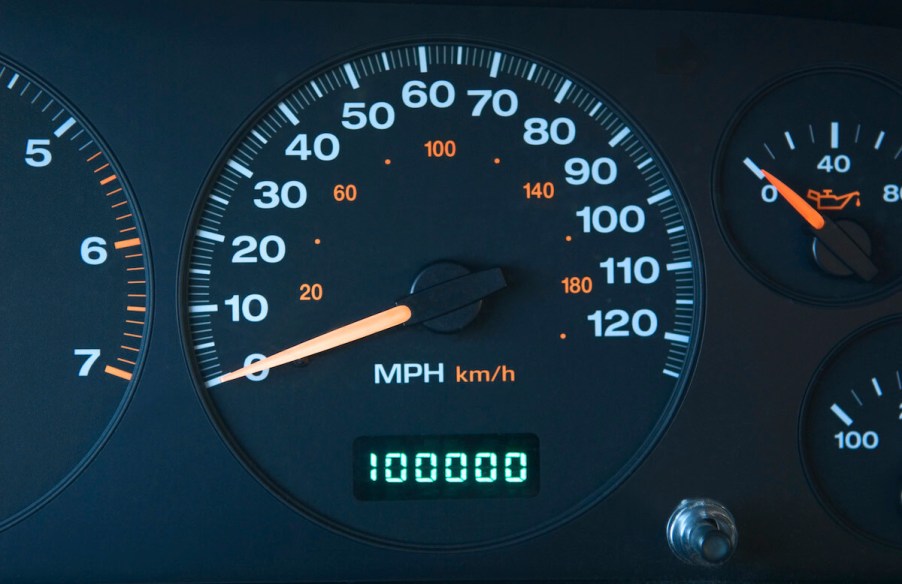
How Many Miles Is Too Many for a Sports Car?
Sports cars are typically designated as those made for sporty driving on the weekends or the racetrack. Considering their rare usage, many prospective sports car buyers can expect to find a car with really low miles on the odometer. However, some sports cars are driven daily, so how many miles is too many if you’re looking to buy a sports car?
Your sports car mileage may vary

There is no definitive answer about how many miles are too many for a sports car, but there are a few things to consider before buying. As a general rule of thumb, most used cars should have been driven an average of 13,500 miles per year. That means if a car is three years old, the miles on the odometer should be around 40,500 or less – ideally.
The same rule applies to sports cars, but those 40,000 miles will likely be some pretty hard ticks on the clock. That means the previous owner(s) most likely ran the car pretty hard on the weekends with high-rpm shifts and heavy cornering. This type of spirited driving can lead to premature wear and tear on a car, regardless of whether or not it’s a sporty model.
Additionally, the make and model of the car put weight on whether the car could be reliable for more years to come. A sports car with proven reliability – like a Nissan 350Z, Mazda Miata, or Toyota GR86 – may be a better value over a presumably less-reliable one. Cars like the older Audi S4, some used BMWs, and Jaguars may be cars to avoid. Either way, a pre-purchase inspection is always recommended before buying a car.
What to look out for when buying a used sports car

Shopping for a used sports car is not unlike shopping for any other used car. However, considering most sports cars have likely been driven hard by their previous owners, there are some maintenance items to pay special attention to.
- Timing Belt: If you’re checking out an older sports car, there’s a chance that it will have a timing belt instead of a chain. The timing belt is a vital part of the car’s engine that could cause major damage if it snaps. It should be serviced every 60,000 to 100,000 miles, so ensure it has been done.
- Brakes: Hard driving means the brake pads and rotors could be worn from excessive braking and heat. If you hear any squeaks or feel any vibrations, it’s important to consider a brake servicing job before purchasing the car.
- Transmission: J.D. Power says that a transmission should last around 150,000 to 200,000 miles when it has been serviced regularly. However, some sports cars can go through transmission quickly depending on how the car was driven. An inspection should be able to tell you whether or not there is premature wear on the transmission before purchasing the car.
- Tires: Due to their performance-oriented nature, sports cars can go through tires very quickly. Ensure that the tires have a safe amount of tread and consider the cost of replacing them if they are worn.
There isn’t an upper limit for mileage, but 200,000 miles could be a lot

Although there isn’t a maximum amount of miles to stay under when searching for a sports car, 200,000 miles could be a good threshold. At that mileage range, many cars tend to show their age and break down at a faster rate. That could necessitate more care and attention right away or later down the road.
If you want to carve up canyon roads or go to the racetrack without fear of your newly acquired sports car breaking down, we recommend having it inspected or picking one with lower mileage.



